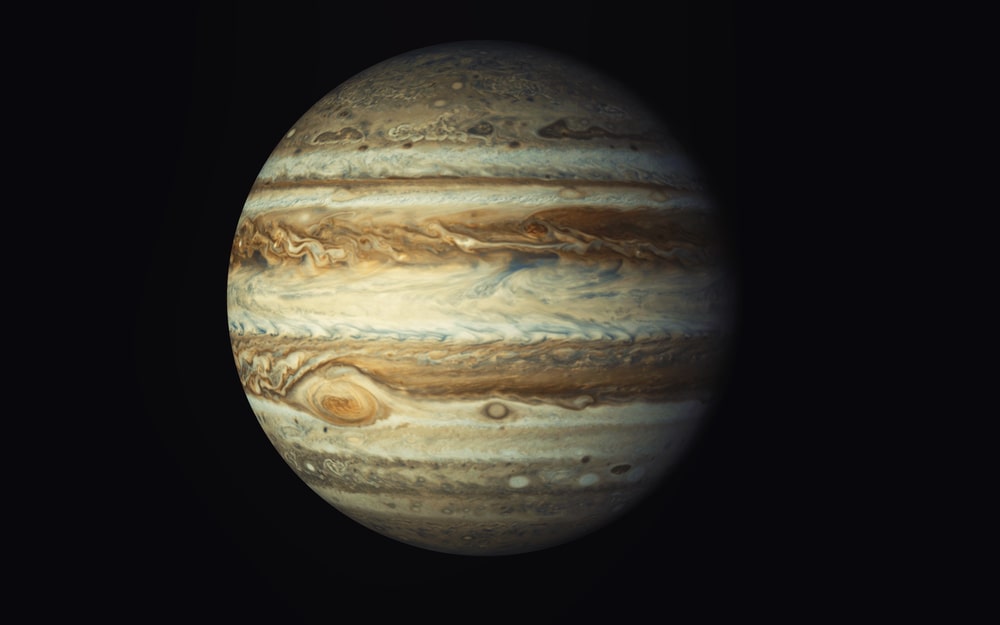NASA’s Juno spacecraft recently conducted close flybys of Io, Jupiter’s volcanic moon, providing scientists with unprecedented insights into this intriguing celestial body. The data collected during these flybys could shed light on Io’s volcanic activity and potentially uncover the presence of a hidden magma ocean beneath its surface.
Juno, initially tasked with studying Jupiter, redirected its focus to explore three of Jupiter’s moons, including Io, after completing its primary mission in 2021.
The spacecraft completed two close flybys of Io, flying within approximately 930 miles of its surface during each encounter, offering a rare opportunity to capture detailed images and data.
Previous spacecraft, including the Voyager probes, observed Io’s volcanic landscape, but Juno’s recent flybys provide fresh perspectives and high-resolution imagery.
Scientists hope to resolve the origin of Io’s volcanoes and determine whether the moon harbors a magma ocean beneath its crust, addressing long-standing mysteries about its geological activity.
Contrary to expectations, Io’s towering peaks are not volcanic vents but rather tectonic features.
Juno’s images showcase dark pits resembling lava lakes, offering insights into the nature of Io’s volcanic eruptions.
Juno’s suite of instruments, including visible-light and ultraviolet cameras, captures stunning images and analyzes Io’s surface composition and atmospheric dynamics.
The spacecraft’s microwave instrument delves into Jupiter’s atmosphere, potentially revealing clues about Io’s interior structure.
While Juno cannot conduct additional close flybys of Io, it will continue to observe the moon from a distance, providing valuable data on volcanic activity and its impact on Jupiter’s system.
Scientists anticipate a better understanding of Io’s influence on Jupiter’s moons and its gravitational interactions within the planetary system.
Juno’s recent close flybys of Io offer a captivating glimpse into the volcanic activity of Jupiter’s enigmatic moon. As scientists analyze the data collected during these encounters, they hope to unlock the secrets of Io’s geology and its role within the larger context of the solar system.
Source: Adapted from SCIENTIFIC AMERICAN



